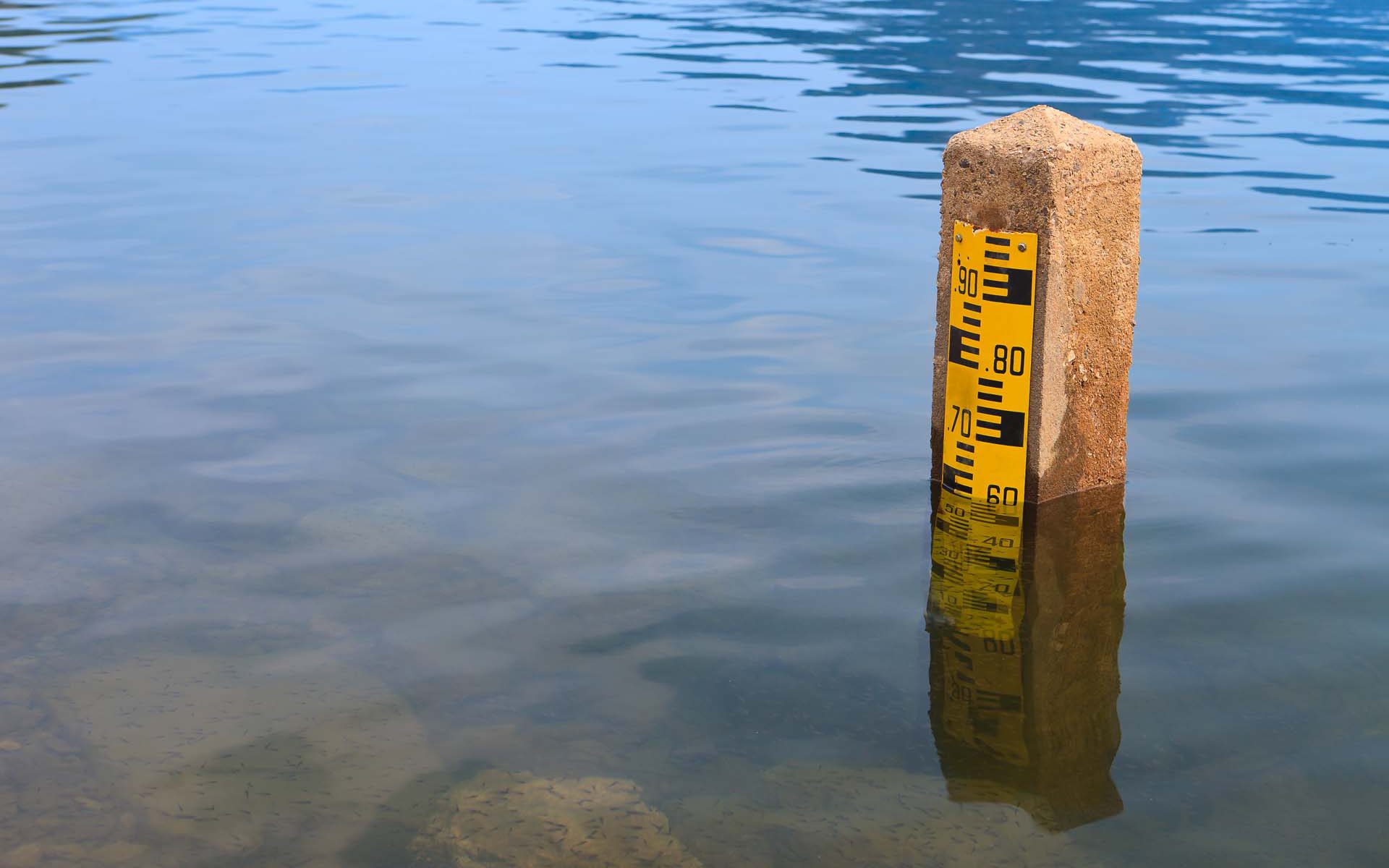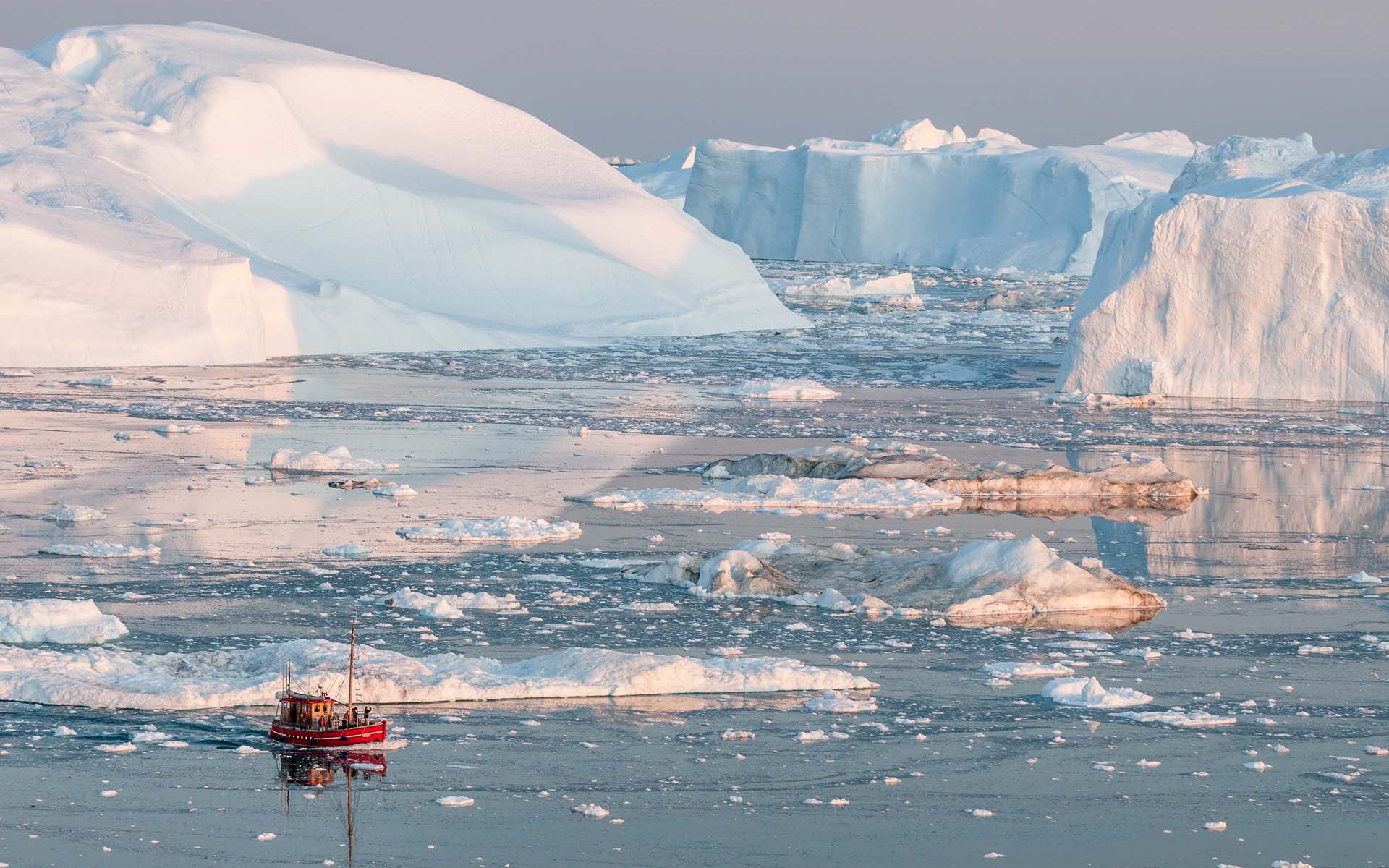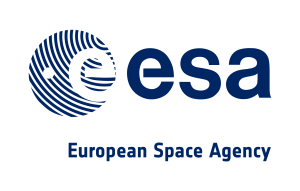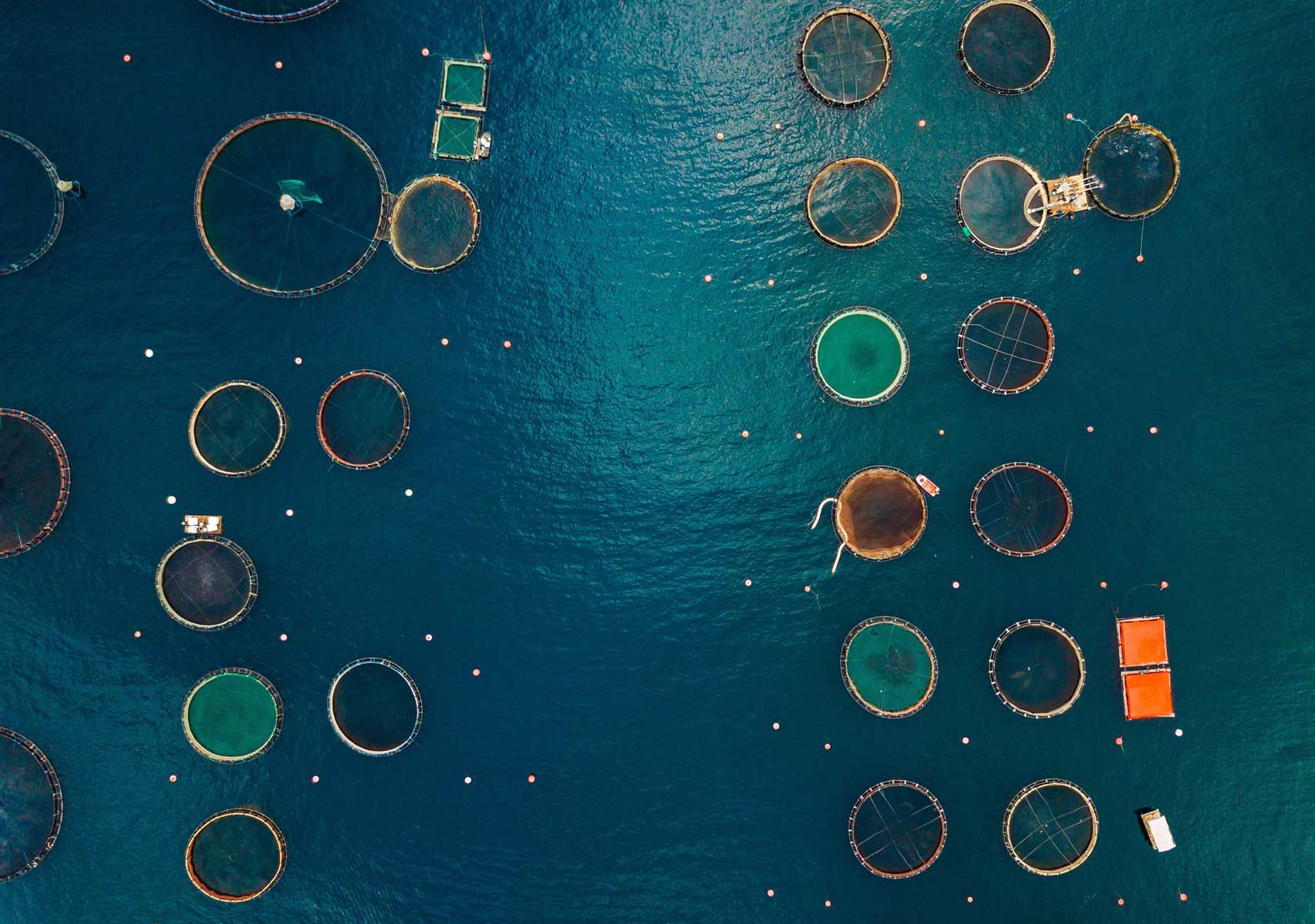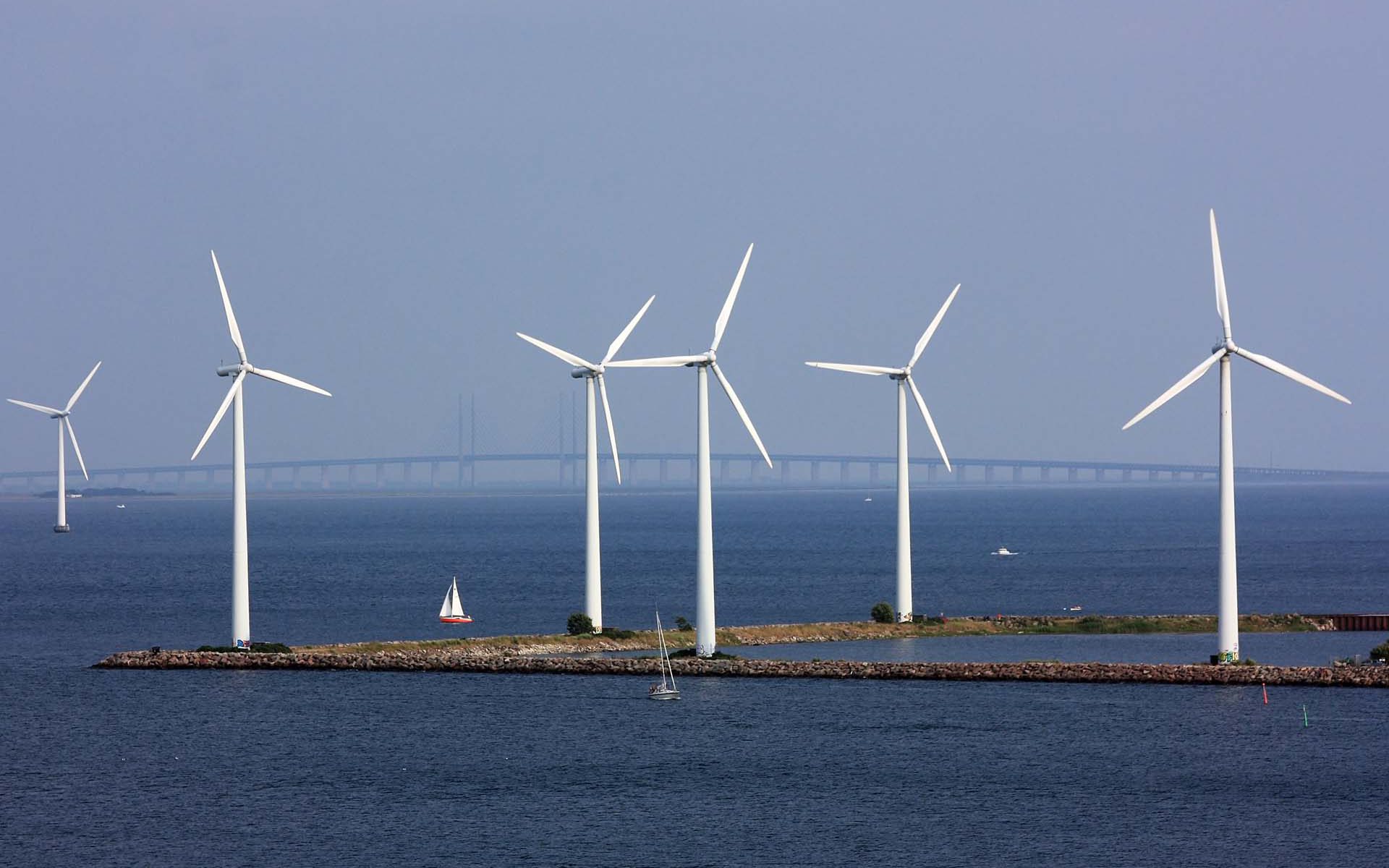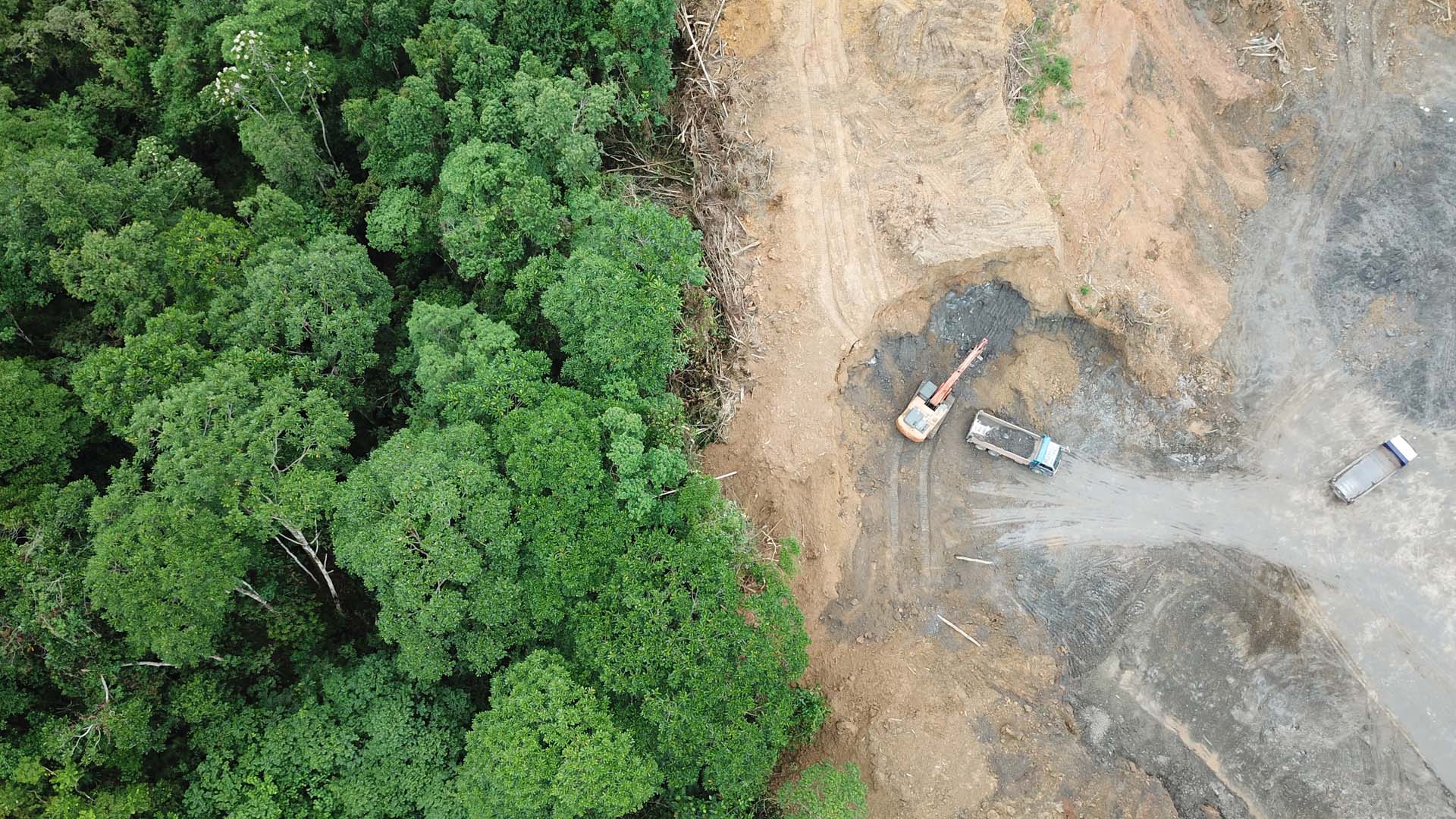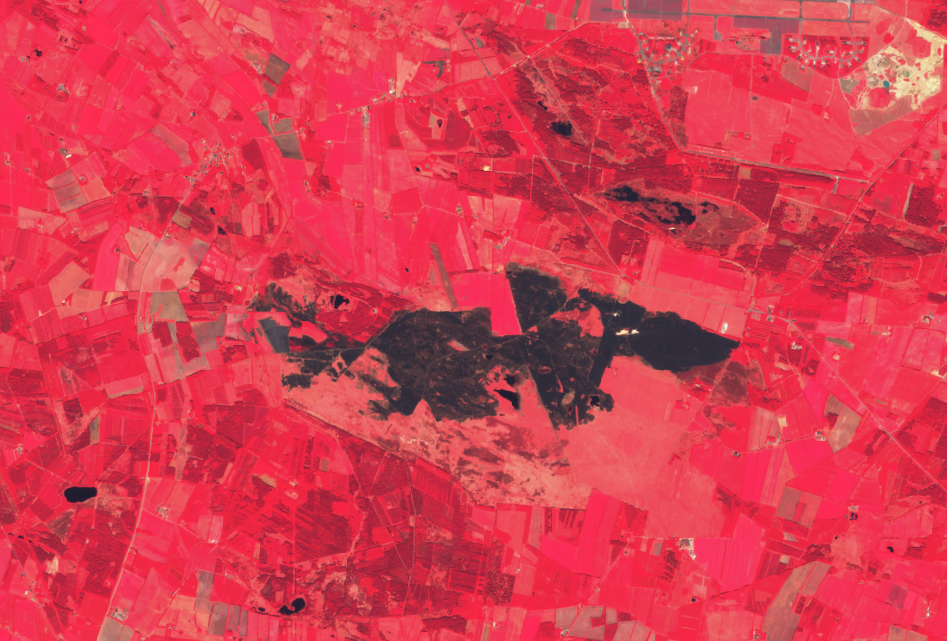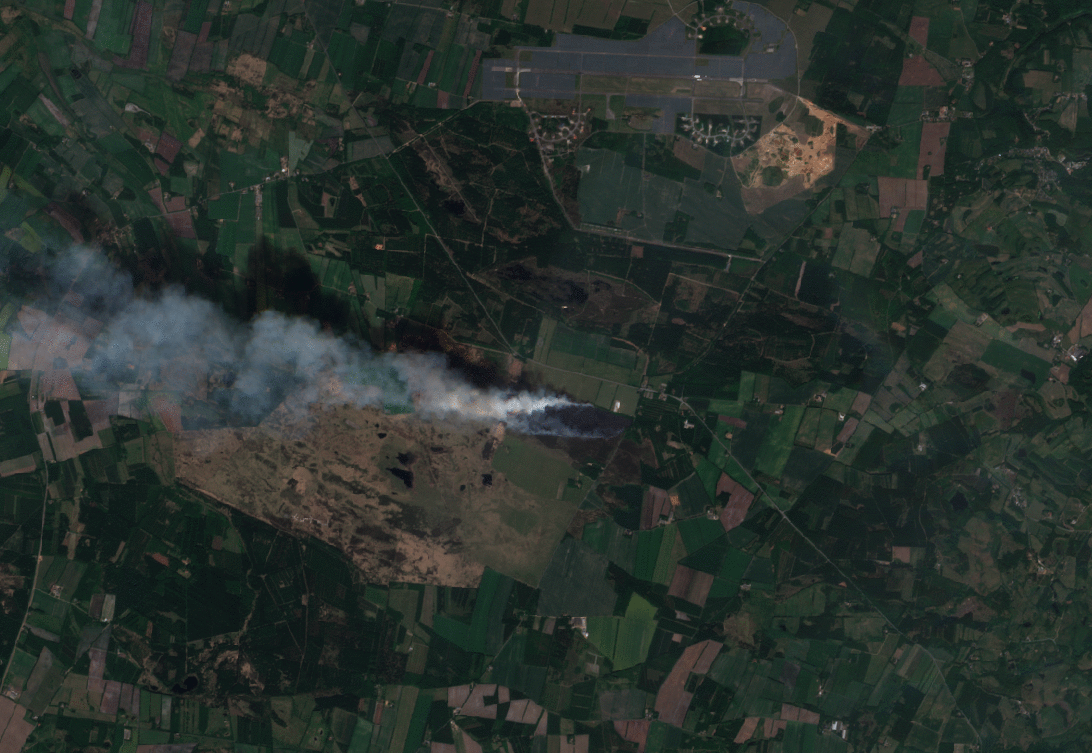Mapping coastline and coastal zone development and dynamics based on historic and recent satellite data. . . .

Coastline Mapping
Mapping coastline and coastal zone dynamics based on historic and recent satellite data
Why is this important?
Coastal zone managers and port authorities have an advantage when they have access to information about the changes and trends in their coastal area.
Coastline mapping is a solution that uses satellite images and historical archives dating back to the 1960s with the option to combine with existing aerial photographs.
The highlights:
Archives dating back to the 1960’s and recent satellite data provides coastlines that are delivered in ready-to-use vector data format
The coastlines can be derived down to a map scale of 1:1.000, with spatial details of 0.5m to 30m, and comes with flexible options accommodating varying budgets and specifications
Digital maps of the entire coastal zone can be produced with embedded information such as vegetation, sediment, coastal protection, constructions etc.
In more detail..
DHI GRAS has profound experience in mapping coastal erosion and stability classification and with our expertise in this field we can tailor a solution that works for you.
Based on historical satellite data dating back to the 1960’s we can assess and quantify erosion/accretion changes over time. Methods used for extracting coastlines are typically semi-automatic object-based segmentation depending on the nature of the coast and the details needed in the final products.
Further classification of the coastal zone can be derived based on the timeseries of satellite data to extract information about dynamics and development of vegetation, coastal protection, constructions etc.
Tidal information can be considered by adding corrections based on DHI tidal models.

EOatDHI part of the DHI GROUP
gras@dhigroup.com
+45 4516 9100
Agern Alle 5,
2970 Hørsholm,
Denmark
CVR: 36466871



